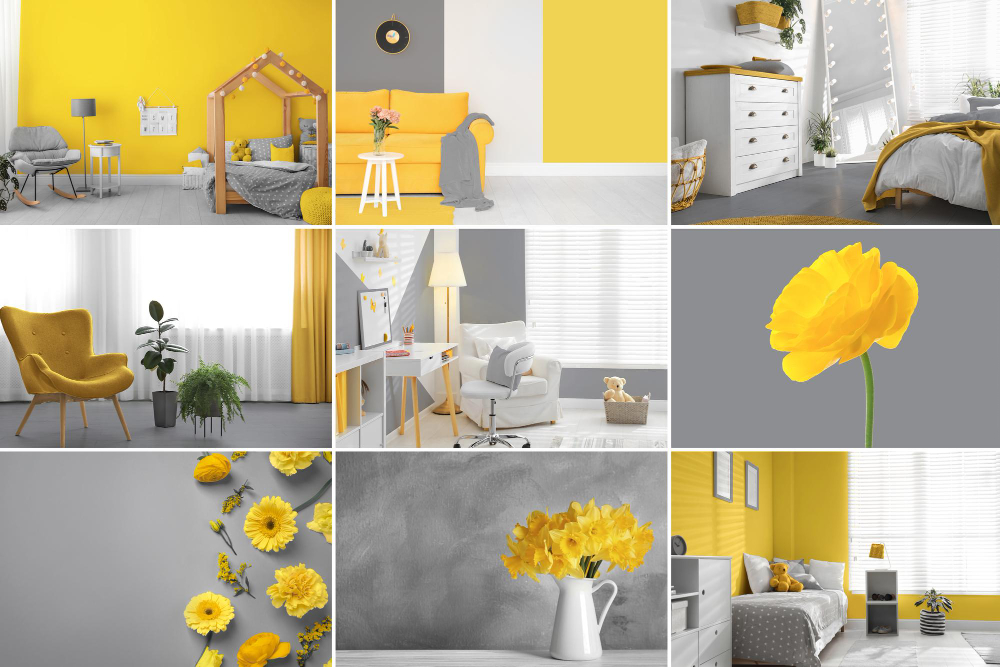Interior design is a powerful tool for transforming spaces, turning them into vibrant reflections of personal style and functionality. One of the first steps in any successful interior design project is creating a mood board. A mood board serves as a visual roadmap, helping designers and homeowners alike articulate their ideas, preferences, and desired atmosphere for a space.
Define Your Purpose:
Before diving into the creative process, it’s crucial to define the purpose of your interior design project. Are you redecorating a living room, renovating a kitchen, or designing an office space? Clarifying your objectives will guide your decisions and help you create a mood board that aligns with your goals.
Gather Inspiration:
Begin by collecting inspiration from various sources. Browse design magazines, explore online platforms like Pinterest and Instagram, and visit websites dedicated to interior design. Take note of colors, textures, patterns, and styles that resonate with you. This phase is about gathering a diverse range of ideas that will later inform the aesthetic direction of your project.
Establish a Color Palette:
Colors play a pivotal role in setting the mood of a space. Once you have a collection of images that inspire you, identify recurring color themes. Choose a primary color as the foundation and complement it with secondary and accent colors. Consider the psychological impact of colors – for example, calming blues or energizing yellows – to ensure they align with the intended ambiance of the space.
Collect Materials and Textures:
Textures and materials add depth and character to a room. Whether you’re drawn to the warmth of wood, the coolness of marble, or the coziness of fabrics, gather samples or images that represent the materials you envision in your space. Pay attention to how different textures interact and complement each other.
Select Key Furnishings and Accessories:
Identify key furnishings and accessories that you envision in your interior design. This includes furniture pieces, lighting fixtures, artwork, and decorative elements. Look for items that not only match your chosen color palette but also contribute to the overall mood and style you want to achieve.
Consider Spatial Layout:
Think about the layout of your space. How will furniture be arranged? What is the flow of movement within the room? Use images or sketches to map out different layout options. This step helps you visualize how the design elements will come together in the actual space and ensures a harmonious arrangement.
Organize and Refine:
Now that you have a collection of images, colors, materials, furnishings, and layouts, it’s time to organize and refine your mood board. Choose a physical or digital platform to arrange your visuals cohesively. Consider the composition, balance, and hierarchy of elements. The goal is to create a visual narrative that tells the story of your design concept.
Add Personal Touch:
Infuse your personality into the mood board by incorporating personal touches. This could be a favorite quote, a personal photo, or elements that hold sentimental value. These additions not only make the mood board uniquely yours but also serve as a constant reminder of the emotional connection you want to create in the designed space.
Iterate and Seek Feedback:
Creating a mood board is an iterative process. Don’t be afraid to experiment with different combinations and arrangements. Seek feedback from friends, family, or colleagues to gain diverse perspectives. Constructive input can provide valuable insights and refine your vision.
In the world of interior design, a mood board is a powerful tool that bridges inspiration and realization. By following these steps and allowing your creativity to flow, you can create a mood board that serves as a visual guide for your interior design project. Remember, the goal is not just to design a space but to craft an environment that reflects your unique style, meets your needs, and evokes the desired mood for those who inhabit it. So, roll up your sleeves, gather your inspiration, and embark on the exciting journey of bringing your interior design vision to life.
For more blogs related to design: https://www.dotsod.in/blog/
Follow DOT School of Design on Facebook, Instagram, LinkedIn, Medium and YouTube



